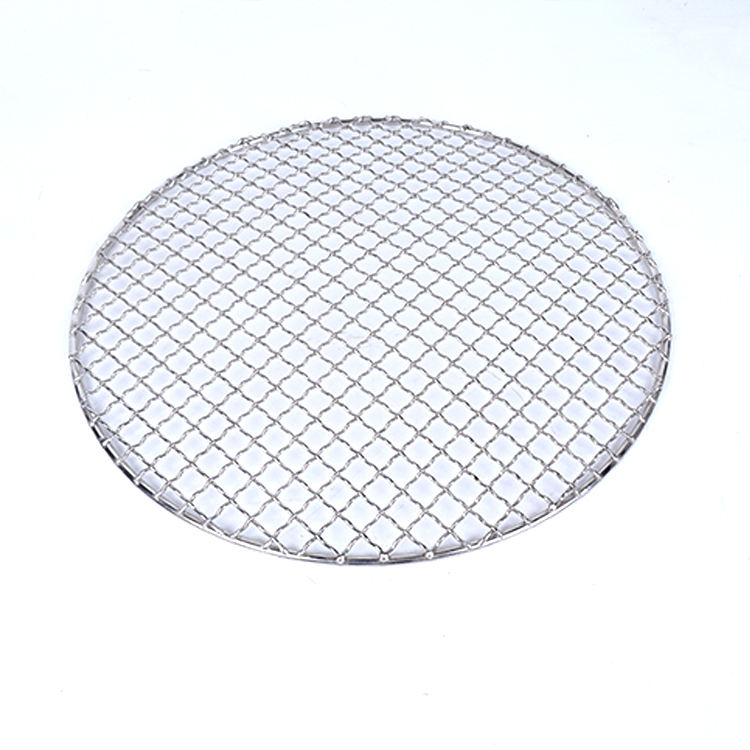The Versatility of Perforated Stainless Steel Angles
Perforated stainless steel angles have emerged as an essential material in various industries due to their unique combination of strength, durability, and aesthetic appeal. These products are not merely functional; they also add a stylish element to construction and design projects. By understanding their benefits and applications, one can appreciate why perforated stainless steel angles are increasingly favored across multiple sectors.
What is Perforated Stainless Steel Angle?
A perforated stainless steel angle is essentially an L-shaped metal piece that has been punctuated with holes or slots. This perforation can occur in various patterns and sizes, making these angles versatile for numerous applications. The stainless steel composition ensures resistance to corrosion, rust, and staining, which enhances the longevity of the material, especially in harsh environments.
Advantages of Perforated Stainless Steel Angles
1. Strength and Durability Stainless steel is known for its high tensile strength and resistance to impact. When combined with perforation, these angles maintain structural integrity while allowing for lightweight designs.
2. Aesthetic Appeal The unique patterns created by perforation not only serve functional purposes but also contribute to modern architectural aesthetics. They can be employed in applications ranging from decorative facades to intricate interior design features.
3. Versatile Applications Perforated stainless steel angles can be used in various sectors, including construction, automotive, aerospace, agriculture, and furniture design. Their ability to provide support while allowing air and light to pass through makes them incredibly versatile.
4. Enhanced Performance The perforations reduce the overall weight of the material without compromising its strength. This attribute is particularly beneficial in applications where lightweight materials are crucial, such as in the aerospace and automotive industries.
perforated stainless steel angle

5. Customization With advances in manufacturing technologies, perforated stainless steel angles can be customized to fit specific design and functional needs. Whether it's altering the size, shape, or pattern of the perforations, manufacturers can easily accommodate various requirements.
Applications of Perforated Stainless Steel Angles
- Construction In structural applications, these angles are often used to create frameworks for building supports, shelves, and brackets. Their strength ensures that they can bear significant loads while the perforations allow for ventilation and drainage.
- Furniture Design Designers use perforated stainless steel angles in modern furniture for a sleek, industrial look. They serve as legs or supports for tables and chairs, combining functionality with trendy aesthetics.
- Automotive and Aerospace In the automotive industry, lightweight materials are vital for fuel efficiency. Perforated angles can be integrated into vehicle frames, contributing essential support without unnecessary weight. Similarly, in aerospace applications, they assist in creating lightweight structures that withstand various stresses.
- HVAC Systems Their design allows for effective airflow in HVAC systems. Perforated angles can be used to support ductwork, ensuring that the system runs efficiently while maintaining a clean, modern look.
Conclusion
Perforated stainless steel angles stand out as an exemplary material merging strength with versatility and style. Their applications span multiple industries, proving their significance in modern design and construction. As demands for innovative materials persist, perforated stainless steel angles will likely continue to play a pivotal role in architectural and industrial advancements. The combination of practical functionality with aesthetic appeal makes them an indispensable choice for engineers and designers alike.
-
The Best Metal Mesh Solutions: Expanded Aluminum Metal vs. Expanded Stainless Steel Metal
NewsSep.10,2024
-
Round Perforated Sheets vs. Hexagonal Perforated Sheets vs. Embossed Perforated Sheet Metal
NewsSep.10,2024
-
Perforated Metal Sheets
NewsSep.10,2024
-
Experience The Excellence Of Stainless Steel Grating
NewsSep.10,2024
-
Discover the Versatility Of Metal Mesh Expanded Forming Machines
NewsSep.10,2024
-
Discover The Advantages Of Steel Grating For Sale
NewsSep.10,2024
Subscribe now!
Stay up to date with the latest on Fry Steeland industry news.

